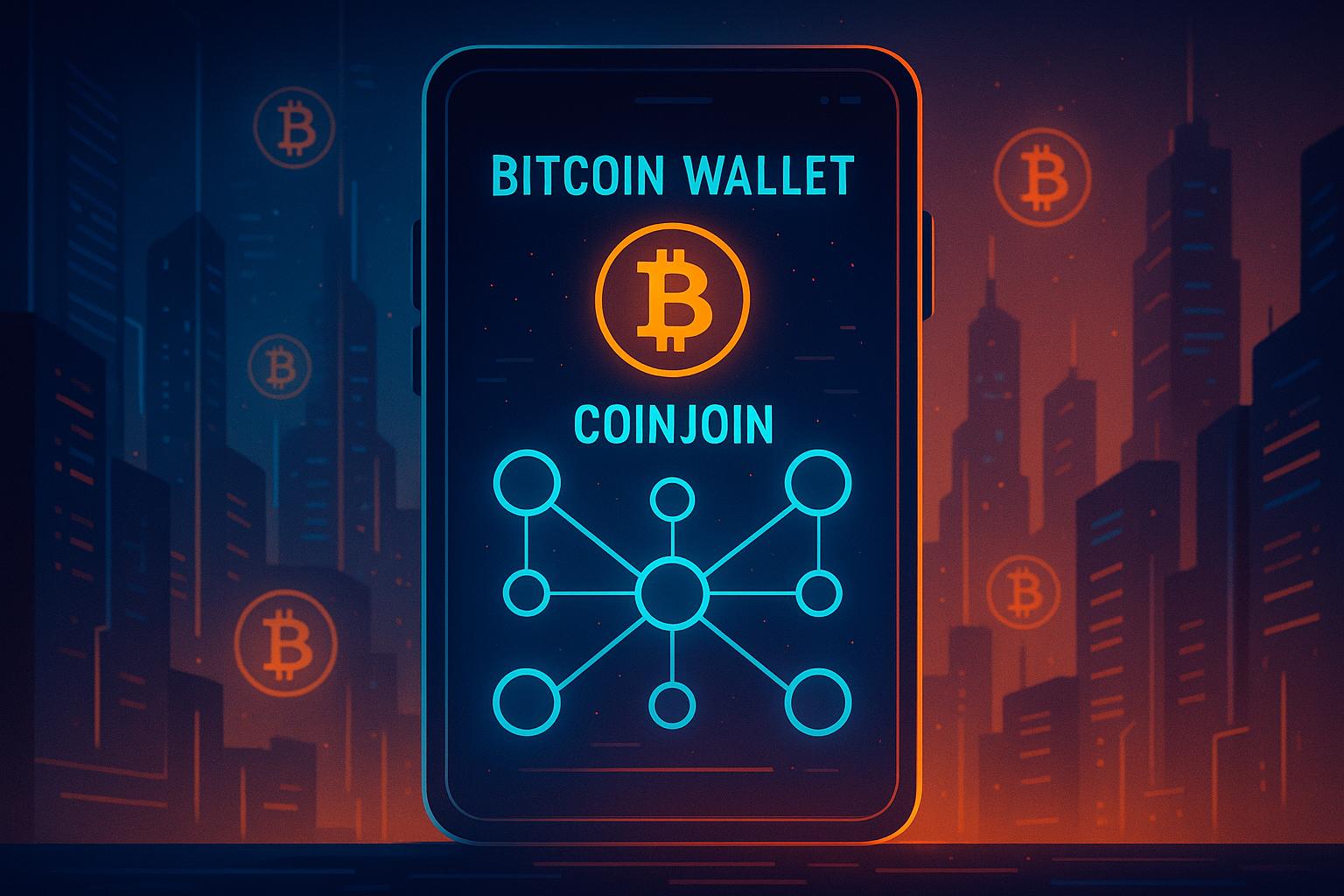Time-delay wallets add a critical layer of security to Bitcoin by introducing a waiting period before transactions are completed. Even if someone gains access to your private keys, they won’t be able to transfer funds instantly. Here’s how it works:
- Prevents immediate transfers: Transactions are delayed for hours or days, giving you time to cancel unauthorized actions.
- Alerts and notifications: You’re notified of pending transfers via encrypted alerts, allowing you to act quickly.
- Multisig protection: Requires multiple approvals for added security.
- Deters attackers: Knowing funds can’t be accessed immediately discourages theft and coercion.
Time-Delay Basics
What Is a Time-Delay?
A time-delay introduces a waiting period - ranging from hours to days - between starting a transaction and completing it. This prevents immediate fund transfers, even if someone gains access to your private keys [1].
When paired with multisig technology, it creates an added layer of protection. Here's how it works:
- Initiation: A request is made to move funds.
- Delay: A pre-set waiting period begins.
- Notifications: Alerts are sent to a secondary wallet.
- Response: Owners have a chance to review and cancel the transaction.
Next, let’s see how this feature helps prevent physical attacks.
How It Prevents Physical Attacks
Time-delays are especially effective against physical threats. They not only give owners time to react but also discourage attackers who realize they can’t access stolen funds immediately.
"Just like banks, simply by making the thief aware that a time-delay is activated, he will either desist or be contented with the decoy wallet." - BitVault [1]
This proactive approach makes time-delays a powerful tool for securing assets.
[1] BitVault internal documentation
Bitcoin Vaults Tutorial: Secure BTC better than the best cold ...
Setting Up Time-Delay Security
Here’s how to enable time-delay security to add an extra layer of protection to your wallet.
Choosing a Time-Delay Wallet
Select a wallet designed to prevent physical attacks. For example, BitVault offers features like:
- Adjustable delay settings (from hours to days)
- Encrypted alerts sent to a secondary "owl" wallet
- Multisig functionality requiring multiple approvals
- Compatibility with Liquid and Lightning Network
A warning banner will also notify you of active delays. Once you’ve chosen your wallet, you’re ready to start the setup process.
Steps to Set Up Time-Delay Security
- Set the delay period: Choose a delay time ranging from hours to days.
- Assign a secondary wallet: Configure an "owl" wallet to receive encrypted alerts.
- Understand the cancellation process: Familiarize yourself with how to cancel pending transfers in case your keys are compromised.
Recovery and Alert Systems
Real-time monitoring helps you act fast if unauthorized transfers occur. For instance, in March 2024, a user under duress successfully canceled a pending transfer, leaving only a decoy wallet accessible [1].
[1] BitVault internal documentation
sbb-itb-c977069
Time-Delay Benefits and Drawbacks
Once you've set up your time-delay and alert system, it's crucial to weigh the security advantages against the potential impact on usability.
Time-Delay Benefits
Time-delays prevent immediate transfers, making it harder for attackers to act quickly. This delay gives you a chance to detect and cancel unauthorized transactions before they’re completed [1]. By combining time-delays with multisig and alert notifications, you can add extra layers of security through multiple verification steps.
Time-Delay Challenges & Trade-offs
While time-delays enhance security, they come with some challenges:
- Emergency access is slowed: Funds won’t be instantly available when you need them urgently.
- Setup can be complex: Proper planning and testing are necessary to avoid missteps.
- Finding the right balance: A delay that’s too short may not protect you enough, while one that’s too long could disrupt legitimate transactions.
To make time-delays work effectively:
- Pick delay periods that align with your usual transaction patterns.
- Plan and configure the delays ahead of time.
- Use multisig and alerts together for stronger protection.
With thoughtful configuration, time-delays can provide a solid balance of security and usability.
[1] BitVault internal documentation
Security Tips for U.S. Users
Here are some practical tips tailored for U.S.-based users to enhance your time-delay configuration's effectiveness.
Choosing Delay Times
Use BitVault's flexible settings to align delay times with your financial habits. Opt for shorter delays for routine transactions and longer delays for significant transfers.
Backup Key Storage
Secure your recovery keys by encrypting them and storing them in multiple safe locations, such as fireproof and waterproof safes or bank deposit boxes. Take advantage of BitVault's multisig feature to divide backups into fragments, ensuring access requires multiple pieces.
Setting Up Alerts
Activate BitVault's "owl wallet" notification system to receive alerts for every transaction, whether authorized or not. Regularly test these alerts and update your contact information to ensure you receive timely notifications.
Conclusion
Summary
Time-delays introduce a waiting period that prevents immediate fund transfers, offering an extra layer of protection. Combined with encrypted "owl wallet" alerts and multisig approvals, they create a robust system to deter physical attacks while ensuring access for legitimate users [1].
Here’s how to enable your wallet's time-delay protections:
- Set a time-delay period: Define how long transfers should be delayed.
- Enable encrypted alerts: Receive secure notifications for added awareness.
- Add multisig approvals: Require multiple approvals for transactions.
Once these steps are complete, your wallet will have a solid security framework in place [1].
[1] BitVault internal documentation




